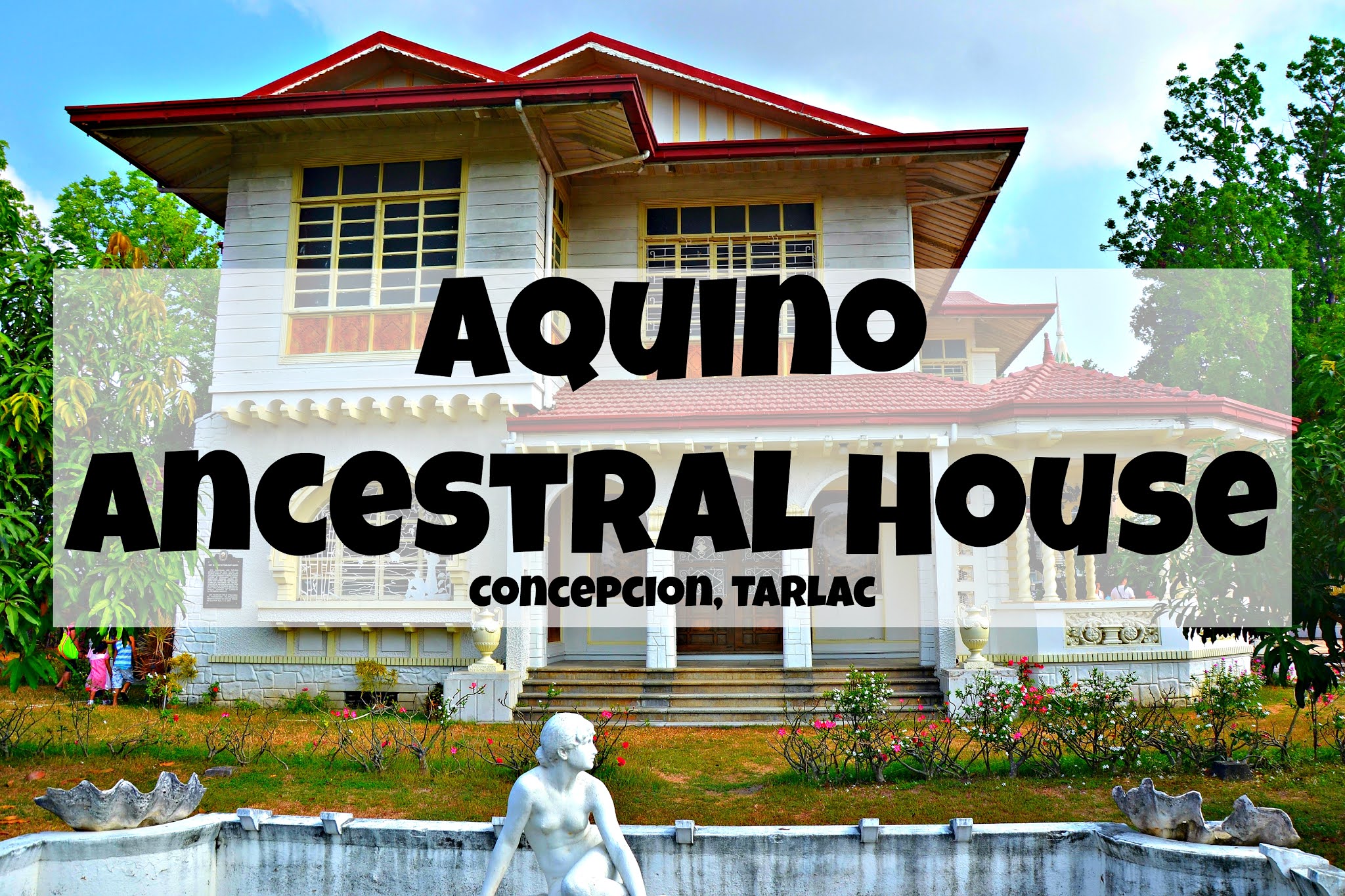Daiganji - Hiroshima
Daiganji (大願寺) is an 800-year-old temple under the Koyasan Shingon Sect. Not to be confused with the temple with the same name on Itsuki Island, This temple is located in Itsukushima / Miyajima Island at 3 Miyajimacho, Hatsukaichi City, Hiroshima Prefecture, Japan.
 |
| Daiganji |
Daiganji details
The formal designation of Daiganji is "Kameiyama Hokoin Daiganji," serving as a satellite temple of the Koyasan Shingon sect, with its primary temple being Kongobuji on Koyasan, Wakayama. Though the exact date of its establishment remains unclear, historical records attribute its revival to the monk Ryokai during the Kennin era (1201-1204). Ryokai held the esteemed position of "fusho bugyo," tasked with overseeing the maintenance and construction of temples and shrines across Itsukushima.
 |
| Daiganji - Miyajima, Hatsukaichi City, Hiroshima Prefecture |
The Itsukushima Benzaiten statue housed within this temple ranks among Japan's three principal Benzaiten statues, alongside those at Enoshima in Kamakura and Chikubu Island in Lake Biwa.
Daiganji's Main Hall
 |
| Daiganji's Main Hall |
 |
 |
 |
| Venerable Bintou Luo |
 |
Itsukushima Ryujin
 |
| Itsukushima Ryujin |
 |
 |
Itsukushima Ryujin, known as the Dragon God of Itsukushima, venerates Ugajin, believed to be the emissary of Itsukushima Benzaiten. Ugajin is depicted riding atop the head of Itsukushima Benzaiten, displaying a distinctive form with a human head and a serpent's body. Initially, along with the enshrinement of Benzaiten in the main hall, this temple housed a statue of Ugajin. However, in 1988, during the tenure of the former head priest, Mae, it was relocated within the temple grounds to facilitate greater accessibility for visitors, where a shrine was erected to honor and house it.
Daiganji Komainu
Legend also holds that upon returning from the Tang Dynasty, Kobo Daishi, also known as Kukai, visited Itsukushima and enshrined Benzaiten as Itsukushima Daimyojin, placing it within Itsukushima Shrine. Following the Meiji period's decree to separate Shinto and Buddhism, the statue found a new home at our temple.
Daiganji Sanmon
 |
 |
 |
| Nio Statues in the Sanmon Gate |
The Daiganji Sanmon is believed to have been constructed during the Genroku era (1688-1704) of the Edo period. It stands as a two-story edifice, with a single-room width measuring approximately 1.82 meters. On each side, statues of Nio are honored, although these were relocated from the Niomon gate on Mt. Yoru during the early Meiji period. Evidence of this relocation is found in the roofing materials: while the central roof is tiled, those above the Nio statues on either side are composed of copper plates, suggesting they were later additions to the structure.
Daiganji Gomado
 |
| Peace Kannon |
 |
| Soribashi |
 |
| Itsukushima Shrine's Floating Torii Gate |
Daiganji stands in proximity to the renowned Itsukushima Shrine, celebrated for its iconic "Floating Torii Gate." Speaking of gates, Daiganji's Sanmon ranks among the island's oldest, believed to have been erected during the Genroku period (1688-1704) of the Edo era. This two-story structure spans the width of a single room (approximately 1.82 meters) and is flanked by statues of Nio. These Nio figures were relocated from the Niomon gate on Mt. Yoru during the early Meiji period, evidenced by the distinct roofing materials — while the central roof is tiled, those above the Nio statues are crafted from copper plates, indicating a later addition to the structure.
Team Nicerio visits Daiganji
 |
 |
My family and I first visited Daiganji last December 26, 2022, during our 3-day Hiroshima Road Trip with our Japanese family. This trip marked my 420th day in Japan as an Assistant Language Teacher (ALT) in the JET Programme. Daiganji was one of the temples that we visited on the island. Like always, we took the opportunity to pay respects and offer prayers. Sadly, I left my goshuincho in my bag in the car when we parked at Hatsukaichi City hence I wasn’t able to get the goshuin of Daiganji. Regardless, it only means that I have another reason to visit in the future.
Daiganji Fees
It’s FREE to enter and explore the Daiganji complex grounds. If you want to buy omamori, it is available in the temple office. You can also get the goshuin stamp for your collection.
Daiganji Operating Hours
Daiganji complex grounds are open 24/7. However, the temple office is only open from 8:30 AM to 5 PM.
Why visit Daiganji?
Although Daiganji is usually shadowed by the world-famous Itsukushima Shrine, it is still worth visiting because of its unique architectural beauty. It is also a place where you can offer a prayer or pay respects. Aside from that, if you collect goshuin, then this temple should be part of your itinerary for Miyajima / Itsukushima Island.
Getting to Daiganji
From JR Hiroshima Station ride the Sanyo Honsen Line going to JR Miyajimaguchi Station. From there, walk to the ferry port and ride the ferry going to Miyajimaguchi Port. Once there, walk for about 1.2 kilometers going to Daiganji.
Fare Miyajima Ferry (One-way trip): Adult 200 yen / Child 100 yen
Fare Miyajima Ferry (Round trip): Adult 400 yen / Child 200 yen
For guests staying at the Grand Prince Hotel Hiroshima on Ujina Island, there's the option to utilize the hotel's high-speed ferry service.
One-way fare:
Adult: 2,100 yen
Child: 1,050 yen
Alternatively, you can take advantage of the one-day passport, granting access to board the high-speed ferry between Miyajima Island and the Grand Prince Hotel Hiroshima Dock:
Adult: 3,800 yen
Child: 1,950 yen
Ratings
| Cleanliness |
| Overall rating |
 |















Comments
Post a Comment